Gallery: Wacky, New Rain Forest Species
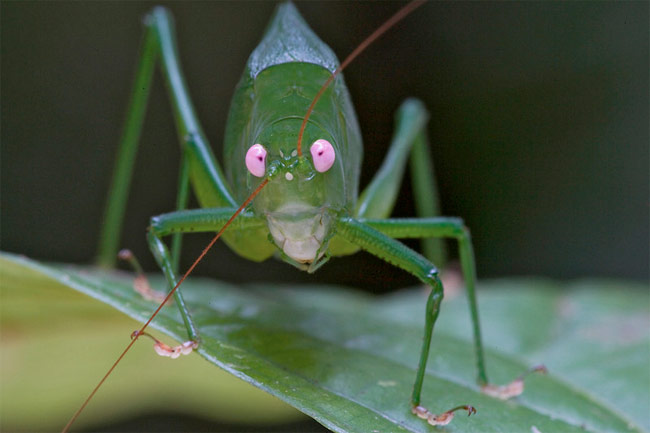
Mountain Mouse

This newly found species of montane mouse was documented during the Rapid Assessment Program biodiversity survey in the Nakanai Mountains, Papua New Guinea in April 2009. The mouse sports relatively narrow feet and forward-directed incisor teeth, perhaps used for digging and carrying soil and suggesting the animal is a burrower. Its long, white tail tip distinguishes the mouse, which represents an entire new genus, distinguishes it from other mice in the area.
Spiny Katydid

This newly discovered Mossula species is one of five new katydids of this genus discovered during Conservation International's September 2009 Rapid Assessment Program survey of the Muller Range. When threatened, the insect holds its large, spiny hind legs above its head to try to jab potential predators with the spines, which the scientists say are very painful.
Pink-eyed Katydid

Scientists were spotting new species of katydid left and right, identifying at least 20 newbies in the Muller Range mountains in Papua New Guinea. This pink-eyed Caedicia probably feeds on flowers of the forest’s tall trees. Like other leaf katydids, this one hangs out in the forest’s canopy, making it difficult for scientists to collect.
Hidden Frog
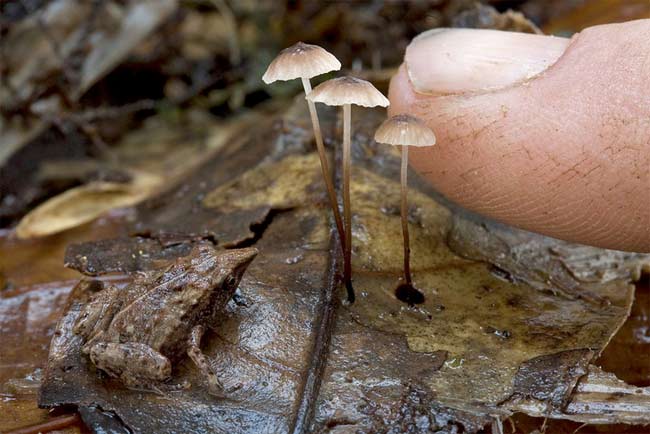
This new species of frog was discovered in the Muller Range in September 2009, hidden under a tangle of roots in the pouring rain. The amphibian, a Choerophryne species, is so small it would fit comfortably on a thumbnail and as such nearly eluded the team of Rapid Assessment Program scientists. A cricket-like call gave its position away.
Mouthy Ants

These teensy, spiny ants were common foragers on the forest floor at mid elevation (5,249 feet, or 1,600 m) in the Muller Range, in Papua New Guinea. The large majors have heads that are several times the size of the workers' heads. Their huge mandibles are controlled by powerful muscles, which allow them to crush food that the workers bring back to the nest. Scientists think the ants' distinct spines defend them against predators.
Tube-nosed Fruit Bat
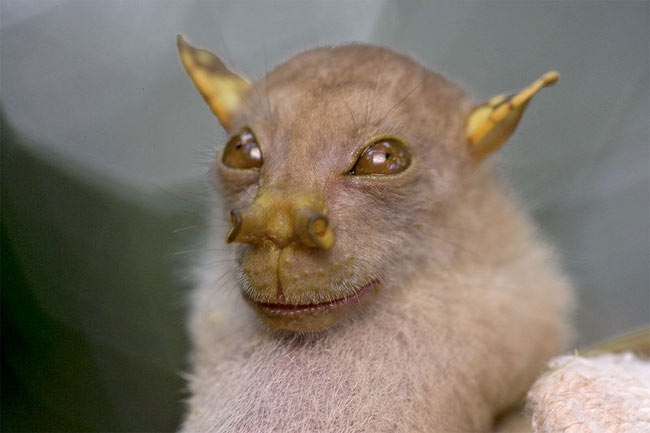
Though not new to science, this tube-nosed fruit bat remains undescribed. The bat was spotted by Rapid Assessment Program researchers in the Muller Range mountains and has also been observed in other parts of Papua New Guinea. The animal is a member of the genus Nyctimene, but doesn’t yet have a species name. Like other fruit bats, this one is likely an important seed disperser in tropical forests.
Trap-jaw Ant
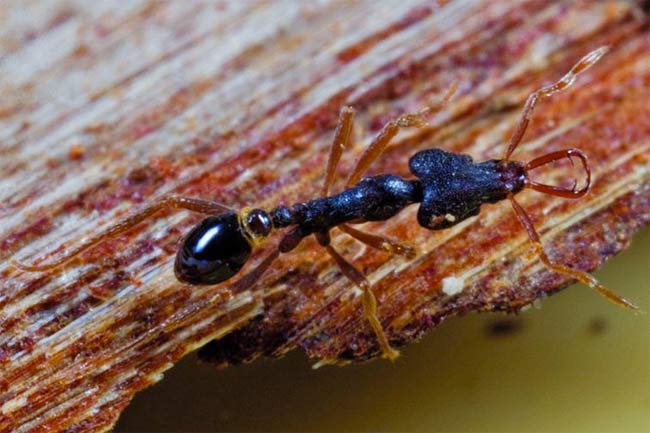
This new ant species was fount at an elevation of 9,514 feet (2,900 m) in the Muller Range, representing the highest altitude ever recorded for an ant in New Guinea. At this altitude, the little guy must be able to withstand cold and wet conditions in the rainy season and extremely hot and dry conditions in the dry season. The odd ant forms small colonies and has low metabolic requirements that allow it to survive on little food for long periods of time. When food is around, this ant is ready – It holds its trap-jaw open at 180 degrees and only snaps it shut when tiny sensory hairs detect a prey item within range of capture.
Get the world’s most fascinating discoveries delivered straight to your inbox.
Lofty Amphibian
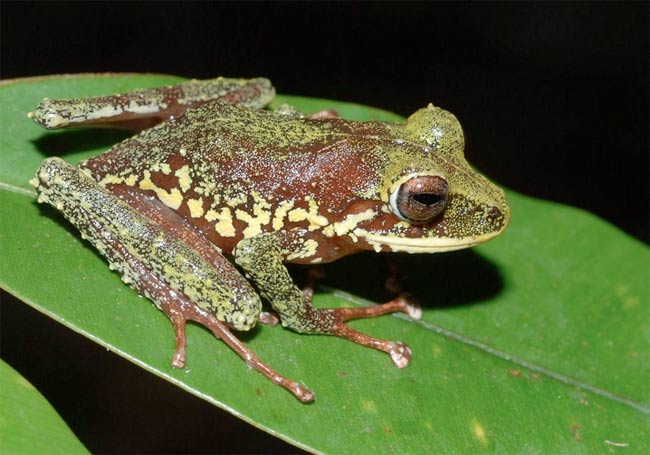
This striking, yellow-spotted frog belongs to the genus Platymantis, and was located at the highest elevations surveyed by the Rapid Assessment Program in the Nakanai Mountains in April 2009. Males called from small bushes in bamboo thickets so dense that it took researchers many hours to cut a path just a few meters off the main trail to reach them. The new species belongs to a group of frogs that lay their eggs on land or in the trees where they hatch directly into little froglets, and they have no tadpole stage. The strategy is beneficial to frogs living in places like the Nakanai Mountains where surface water is scarce, as it drains quickly underground.
Emerald Katydid

This new species of Mossula, found in the Muller Range of Papua New Guinea in September 2009, has a dark emerald coloration that Rapid Assessment Program expert, Piotr Naskrecki, had never observed in katydids.
Elusive Possum
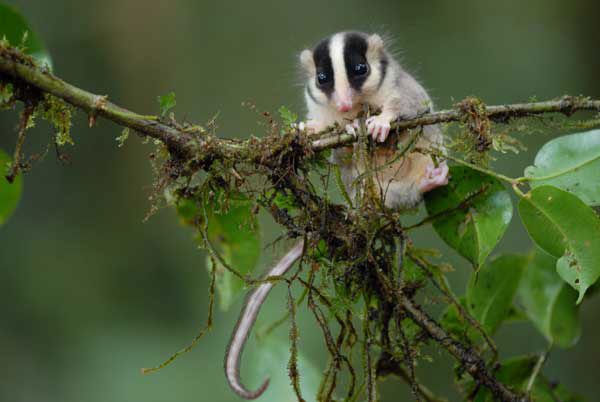
Even the known species in the forests are mysterious. This feather-tailed possum species was first spotted in 1985, but researchers still don't know anything about it.

